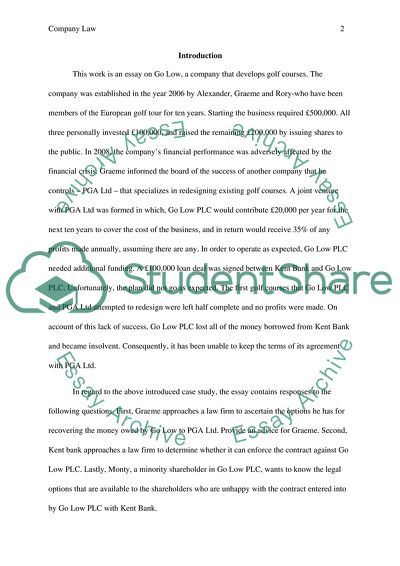Cite this document
(Company Law: Go Low PLC Case Study Example | Topics and Well Written Essays - 2000 words - 5, n.d.)
Company Law: Go Low PLC Case Study Example | Topics and Well Written Essays - 2000 words - 5. https://studentshare.org/law/1819489-company-law
Company Law: Go Low PLC Case Study Example | Topics and Well Written Essays - 2000 words - 5. https://studentshare.org/law/1819489-company-law
(Company Law: Go Low PLC Case Study Example | Topics and Well Written Essays - 2000 Words - 5)
Company Law: Go Low PLC Case Study Example | Topics and Well Written Essays - 2000 Words - 5. https://studentshare.org/law/1819489-company-law.
Company Law: Go Low PLC Case Study Example | Topics and Well Written Essays - 2000 Words - 5. https://studentshare.org/law/1819489-company-law.
“Company Law: Go Low PLC Case Study Example | Topics and Well Written Essays - 2000 Words - 5”. https://studentshare.org/law/1819489-company-law.


